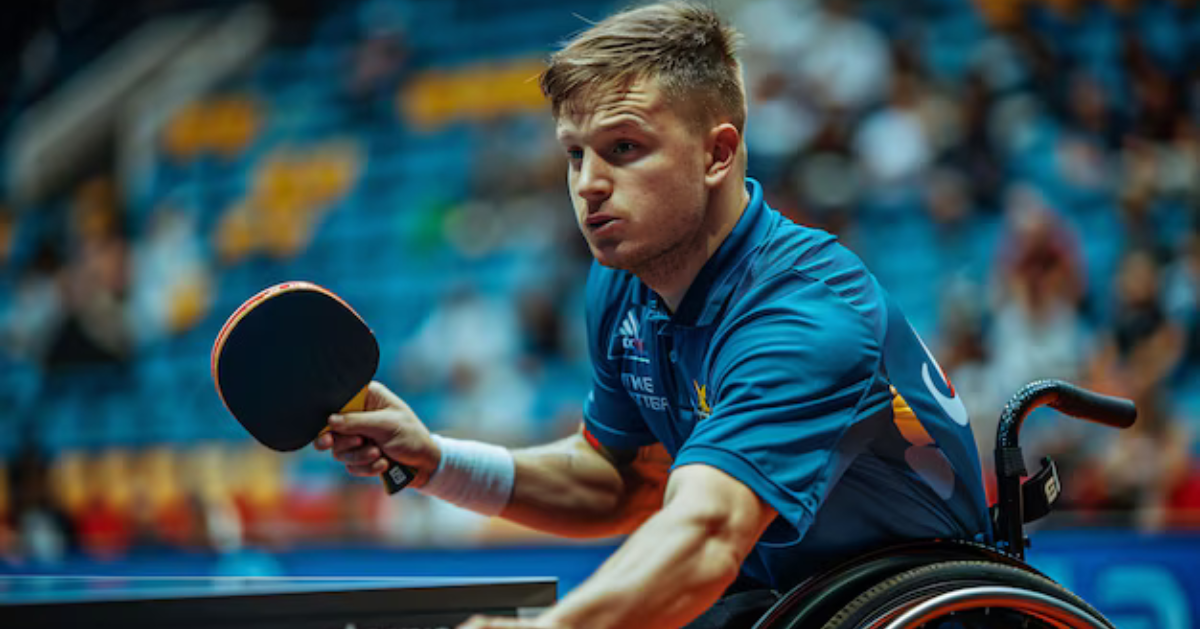Live ball is an exciting, fast-paced variation of traditional tennis that adds a layer of intensity and fun to the game. Played with teams of two, this sport challenges both fitness and strategy, bringing players closer to the action. In this article, we’ll explore everything you need to know about liveball—from the basic rules to advanced strategies for improving your game.
What is Live ball
Liveball is a form of tennis where teams of two compete in fast rallies that are designed to keep the ball in constant play. Unlike traditional tennis, there’s no waiting for serves or drawn-out points. The game encourages continuous movement and quick reactions, which makes it an excellent cardiovascular workout as well as a fun social activity.
Why Play Live ball
Liveball appeals to a wide range of players because it blends the technical skills of tennis with the excitement of a high-speed game. It’s perfect for those who enjoy the strategic elements of tennis but want a more dynamic, energetic environment. Additionally, liveball is a great way to improve fitness levels and hand-eye coordination while enjoying a social and engaging sport.
The Basic Rules of Live ball
Understanding the rules is crucial to enjoying liveball. The game typically follows these fundamental principles:
Teams of Two: Liveball is usually played with two teams of two, making it ideal for doubles players.
Fast Paced: Unlike tennis, there are no pauses between points. The ball must remain in constant motion.
First to 10 Points Wins: Games are often played to 10 points, and the team that reaches 10 first wins the set.
No Serving: In liveball, the game starts without serving. The ball is simply put into play, and the rally begins immediately.
These simplified rules make liveball easy to pick up but challenging to master.
How Live ball Differs From Traditional Tennis
One of the main differences between liveball and traditional tennis is the pacing. Liveball is much faster, with rallies that continue without interruption. The focus is on reaction time and reflexes, rather than on serves and strategic positioning between points. Additionally, liveball encourages team play, making it more social and interactive than singles tennis.
Equipment Needed for Live ball
You won’t need any special equipment for liveball beyond what is used in regular tennis:
Tennis Racket: Standard tennis rackets are used for liveball.
Tennis Balls: Regular tennis balls work for liveball, though sometimes specific brands are preferred for their bounce and durability.
Tennis Court: Liveball can be played on any standard tennis court, whether grass, clay, or hardcourt.
With the same equipment as traditional tennis, liveball remains accessible to most players.
The Importance of Fitness in Live ball
Because liveball is fast-paced and requires constant movement, it’s an excellent way to boost fitness. Players are continuously sprinting, lunging, and reacting to the ball, making it a great full-body workout. Cardiovascular endurance, agility, and muscular strength are all developed through regular liveball play.
Key Strategies for Winning Live ball Matches
Success in liveball relies heavily on strategy. Here are some tips to improve your gameplay:
Quick Reflexes: Since the ball is always in play, having quick reflexes is critical. Anticipating your opponent’s next move can give you a huge advantage.
Team Coordination: In liveball, working well with your partner is essential. Communicate clearly and practice positioning yourselves to cover more ground.
Aggressive Net Play: Rushing the net can help you put pressure on your opponents and end rallies quicker.
Benefits of Playing Live ball
Liveball offers numerous benefits that go beyond traditional tennis:
Cardio Workout: The constant movement provides a great cardiovascular workout.
Social Interaction: Since the game is played in teams, it’s an excellent way to make friends and enjoy a competitive yet fun environment.
Improved Reflexes: The speed of the game helps improve reaction times and hand-eye coordination.
These benefits make liveball a popular option for both serious athletes and casual players looking for an engaging way to stay fit.
Best Practices for Improving Your Live ball Game
Improvement in liveball comes with practice, but there are some specific areas to focus on:
Footwork: Since liveball is about constant movement, improving your footwork can give you a huge advantage.
Shot Selection: Choosing the right shot at the right time is critical in liveball. A well-placed shot can end a rally or put your opponents on the defensive.
Endurance Training: Incorporating cardio workouts into your routine can help you last longer during intense matches.
By focusing on these areas, you can elevate your liveball skills to the next level.
How to Get Started with Live ball
Getting started with liveball is simple. Many tennis clubs offer liveball leagues or social play sessions where you can join in and experience the game for yourself. You don’t need to be an expert in tennis to enjoy liveball, as the game is designed to be accessible to players of all skill levels.
Popular Live ball Drills to Practice
To enhance your performance in liveball, try incorporating these drills into your practice:
Reflex Volley Drills: These drills help improve your reaction time, especially when at the net.
Footwork Drills: Practicing quick lateral movements can help you cover the court more efficiently.
Partner Coordination Drills: Working with your partner to improve communication and movement can greatly benefit your gameplay.
These drills target the core skills needed to excel in liveball.
How Live ball Can Enhance Traditional Tennis Skills
Playing live ball can actually improve your traditional tennis skills. The fast pace of liveball forces you to think quickly, react faster, and move more efficiently—all of which are valuable assets in a traditional tennis match. Many players find that after a few sessions of liveball, their overall tennis game improves, especially in terms of reflexes and positioning.
Social Aspect of Liveball
One of the most appealing aspects of live ball is its social nature. Since the game is played in teams, it fosters a sense of camaraderie among players. Live ball sessions often have a lively atmosphere, with plenty of opportunities to make new friends and enjoy the game in a relaxed, yet competitive, environment.Yes, live ball is typically played in teams of two, so you’ll need a partner to participate.
Conclusion
In conclusion, live ball is a fantastic variation of tennis that offers fast-paced action, social interaction, and a solid workout all in one. Whether you’re a seasoned tennis player or a beginner looking to try something new, live ball provides an engaging and rewarding experience. Its unique blend of fitness, fun, and strategy makes it a sport worth trying.
FAQs About Live ball
Is live ball suitable for beginners
Yes, live ball is great for players of all skill levels, including beginners.
How long does a live ball game last
Games usually last around 20-30 minutes, depending on the pace of play.Yes, live ball is typically played in teams of two, so you’ll need a partner to participate.
Can live ball improve my regular tennis skills
Absolutely! The fast pace of live ball can enhance your reflexes and positioning in traditional tennis.
What should I wear for a live ball game
Wear comfortable athletic clothing and tennis shoes suitable for quick movements on the court.
Do I need a partner to play liveball
Yes, live ball is typically played in teams of two, so you’ll need a partner to participate.












